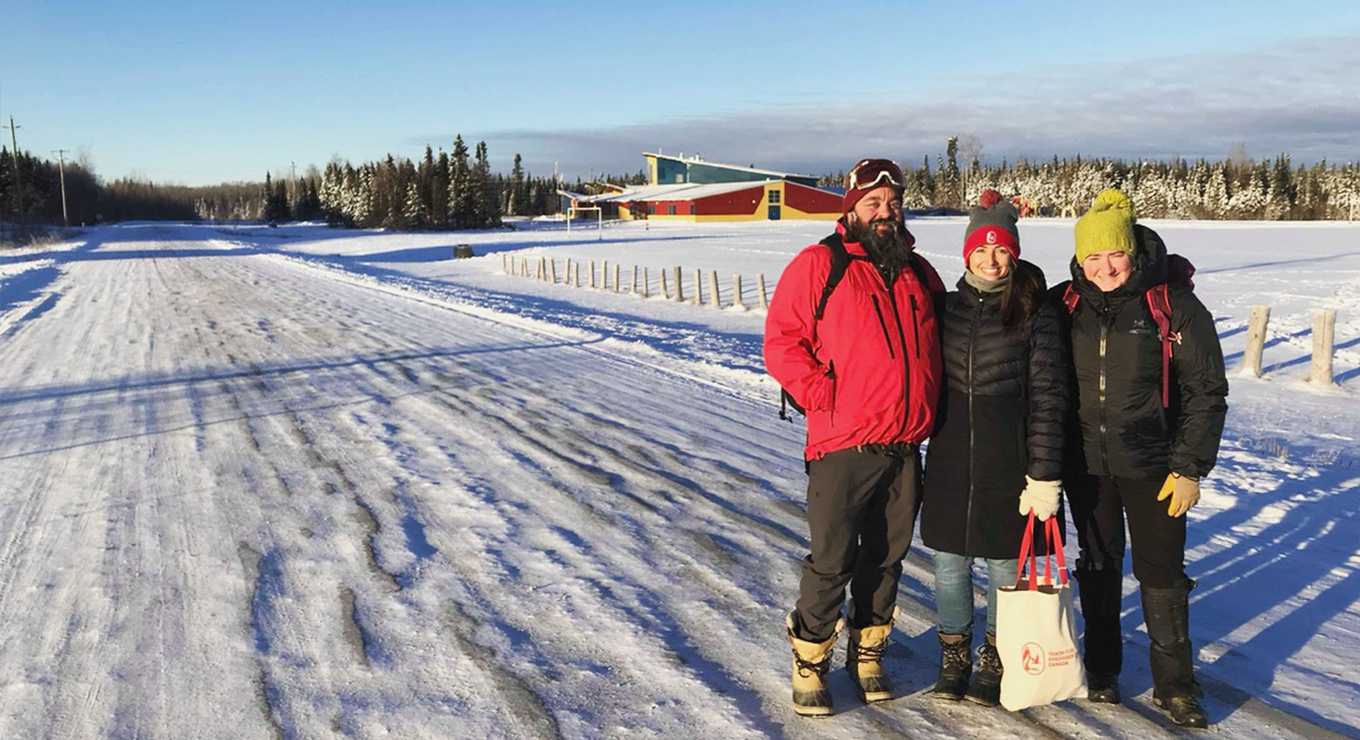Choosing to teach and live in the North is a big decision. Teachers uproot their lives and start again in a new community. They make friends, form relationships with their students, and start to feel at home. Then, after completing their two-year teaching commitment, teachers are faced with another big decision: whether to stay or whether to go.
Contracts are offered to teachers annually by First Nations and Teach For Canada has seen 95% of the Teach For Canada teachers receive an offer for an additional year. Teachers often feel pulled to stay in the community and teach for another year or two (or more!) despite their initial commitment to stay for two years. Others decide to move on from the community they called home, and they do so with respect and appreciation.
Whatever their decision, Teacher Development Managers who support teachers through this process, know what it’s like to talk through these challenging decisions. We spoke to Teach For Canada teachers on why they made their decision to stay or to go in 2019.
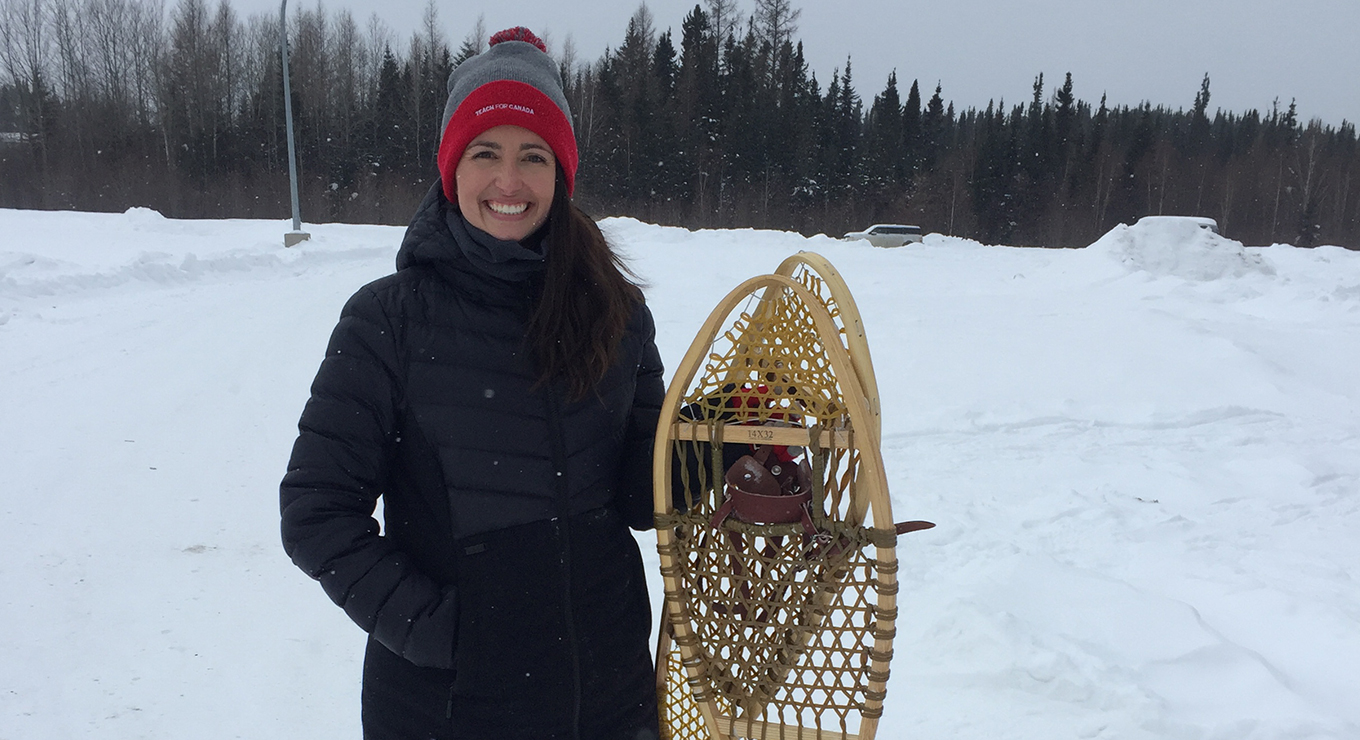
Natasha Davey was a former Teacher Development Manager and she spoke to teachers on their decision to stay or go.
Choosing to stay
As a Teacher Development Manager, I know that choosing to return to a community takes courage, energy, and reflection. Nearly one-third of all Teach For Canada teachers decide to stay beyond their two-year commitment. For Renee Connors, a teacher in Fort Severn First Nation, choosing to stay in the community was an easy decision: “I have felt so welcomed and supported in Fort Severn that deciding to come back was an easy choice,” she explained.
“The level of freedom I have to respond to my students’ needs and interests was a big factor. I love being able to change lessons last minute to align with questions they have asked, or take them outside for a walk when things are getting hectic, without all the red tape that exists in a city school. These is a sense of trust in a small community that is really comforting.”
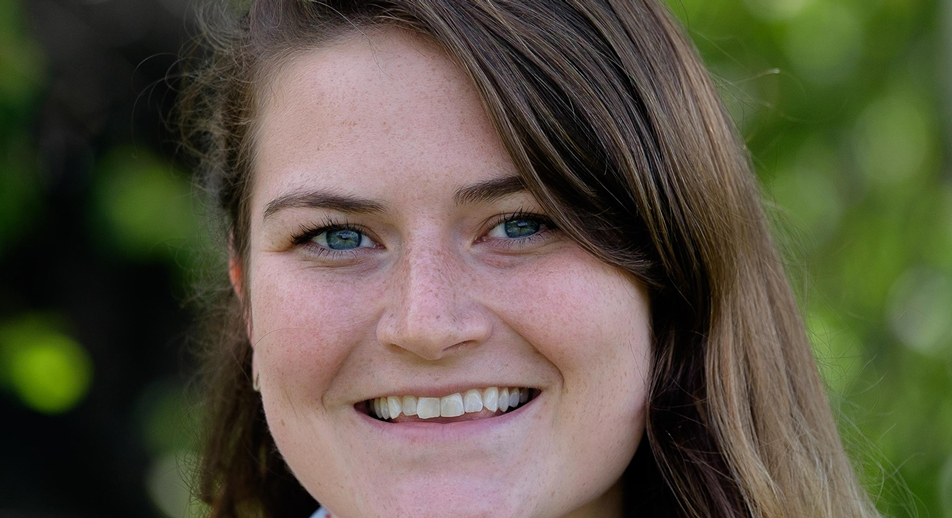
Deciding to stay in Fort Severn First Nation was an easy decision for Renee Connors.
Similarly, for Tyler Allen, a teacher in Sachigo Lake First Nation, he and his wife Deb knew they made the right decision to stay another year. “Everyone has made us feel so welcome, the community has a very good work-life balance. Getting out on the land is also such a big part of life in Sachigo. And most importantly the children are the most amazing group of students anyone could ever hope to teach,” he told me.
The extra time has meant that Tyler can strengthen the relationships he’s building with students and community members: “I’m going to be spending more time with students who I will be teaching next year to further develop those relationships. I’ll be building and continuing to expand strong connections and relationships with colleagues and community members. And we’ve bought a truck for off-road adventures!”

Tyler and his wife Deb knew they were making the right decision by staying in Sachigo Lake First Nation for another year.
For others, like high school teacher Jenna Lawson in Sandy Lake First Nation, it took months to come to a decision. Jenna had already stayed beyond her two-year commitment and had to decide whether she would stay on for a fourth year of teaching.
“I applied for one job elsewhere. I didn’t get it, but I could have applied to more. I also applied for five different college programs,” she told me, explaining the process she went through to make her decision. “Finally, I decided that I would look further into post-secondary options and that I would spend at least one more year really focusing on making my initiatives at the school sustainable.”

Jenna has decided to teach for a fourth year in Sandy Lake First Nation.
Jenna started an Outdoor Education program at the school in Sandy Lake First Nation, and while she is hoping to teach different subjects in the grade 9/10 division this September, she would like to be able to mentor the new teacher who will take over her initiative.
“The students have taught me so much about myself,” Jenna explained. “I am looking into pursuing further post-secondary education to explore different work opportunities.”
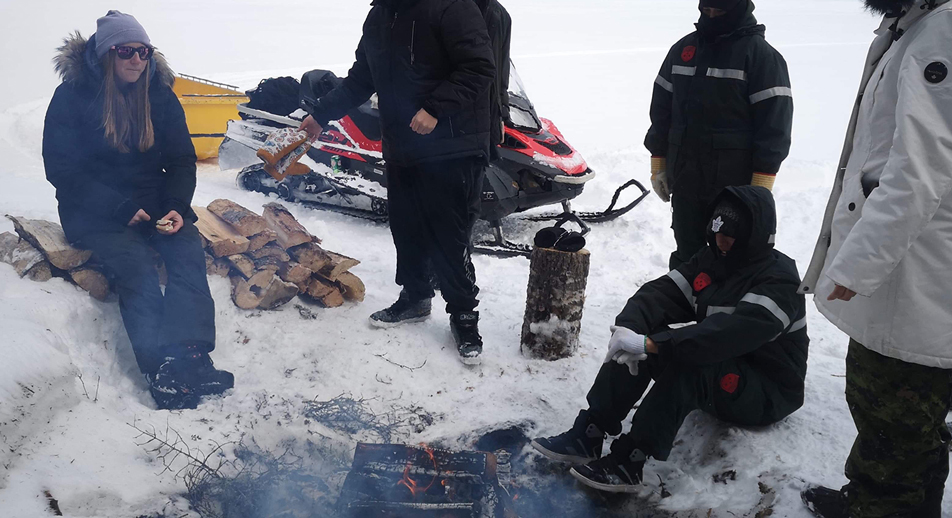
Jenna hopes to be able to support the new teacher who will take on the Outdoor Education program she started.
For others like Nolan Wurfel who is choosing to stay in the North to teach in another First Nation community, but who will be leaving Lac La Croix First Nation after two years, the decision comes with mixed feelings. “As I prepare to leave I try to ensure that I keep in touch with community members over the summer. I will be back in the North following my summer break, so I plan to attend the community Pow Wow to see community members that have come to feel like extended family,” he explained.
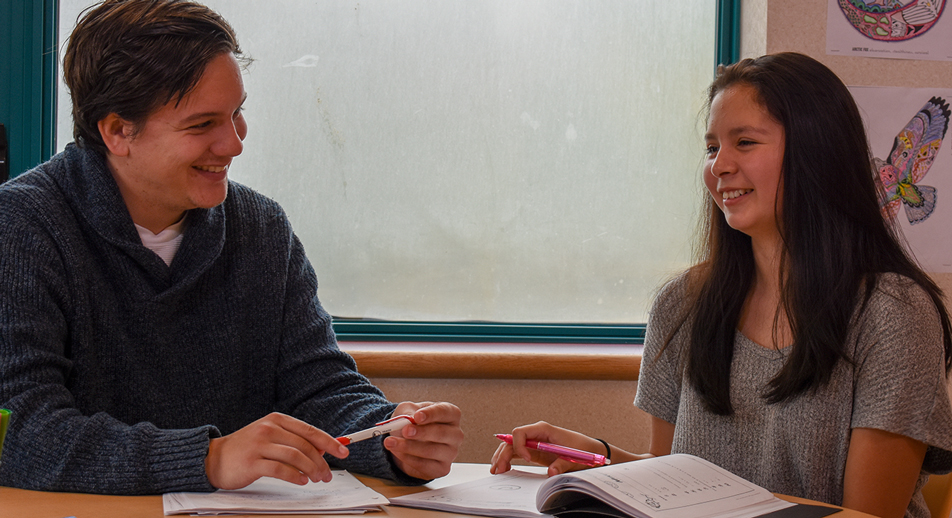
After teaching in Lac La Croix First Nation for two years, Nolan has decided to move to another northern First Nation.
“Heading home can be difficult at times and there is always an adjustment period, but that feeling fades and the positive memories and stories are often re-lived and shared with family members at home,” Nolan shared.
Choosing to go
Not all teachers decide to stay and continue to teach in the North as Renee, Tyler, Jenna, and Nolan did. Should teachers decide to move on from the community they called home for two or more years, they aim to do so with respect and appreciation. Teachers often make the decision to move home to be closer to family and loved ones.

Laura Muntean has been teaching in North Spirit Lake First Nation since 2017.
For Laura Muntean, who has been teaching in North Spirit Lake First Nation since 2017, it was a decision she made together with her partner: “When I first got involved with Teach For Canada, my partner and I discussed the length of time. While keeping an open mind for things to come on our journey, we agreed that two years would be the maximum amount of time that we could commit to as a couple.”

Robin Chamney has been teaching in Fort Severn First Nation since 2017. She is heading home to be closer to her family.
Robin Chamney in Fort Severn First Nation felt it was important to consult with her family and her Teacher Development Manager Dan MacDonald when it came time to make a decision. “I made a pro and con list and talked with my family and Dan before I finally made the decision. I am leaving for personal reasons – being closer to my family and making memories with them,” she told me. “So many good things are happening in Fort Severn, I do hope the connections I have made will continue.”
Every teacher is different and I have heard many compelling reasons behind each teacher’s decision and how they came to it.
Preparing to leave
Once teachers have made the decision to leave, many begin to prepare to move away and sustain the initiatives they have started in their schools and the relationships they have formed. Laura Muntean, who is leaving North Spirit Lake First Nation after two years, described her strategy to me: “I am leaving supplies in the classroom, as well as a better-organized classroom. I have also mentioned to my school that I am open to providing ongoing support through email or phone calls next year to the future grade 1/2 teacher if it is needed.”
“I am currently preparing an Art Exhibit with some help from the other teachers this week, and I am hoping it will become a yearly tradition at the school. I’ve also spoken with community members and have expressed an interest to visit in the future if I was ever invited back by someone,” she said.
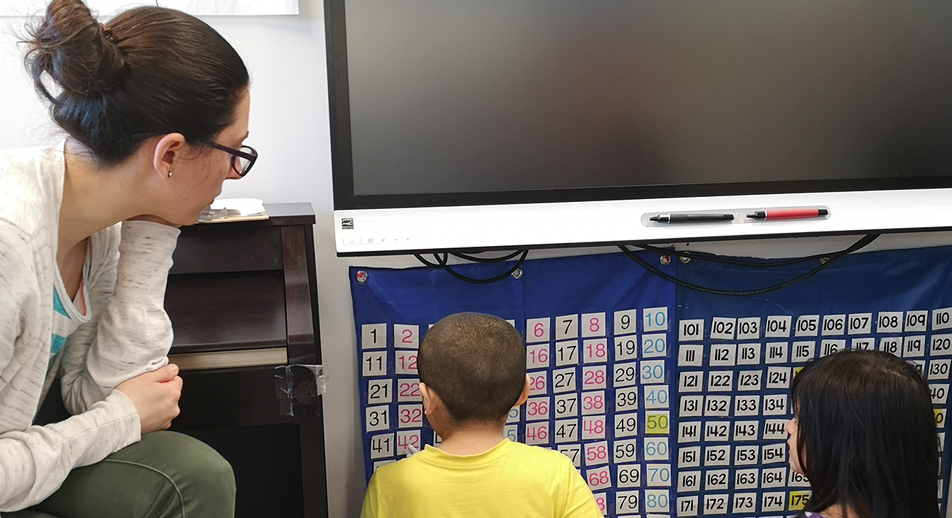
Laura is leaving supplies in her classroom and has offered ongoing support for the incoming teacher.
For others, like Ben Gallup who is finishing up his third year in Keewaywin First Nation, preparing to leave has been hard to balance with wrapping up the school year. “Unfortunately, due to the rushed nature of the end of the year, I felt I did not have enough time to fully prepare for the transition of leaving the community. Several community members told me that I’m always welcome back and I really do hope I get the chance to return some day. I hope to stay in touch with at least some them over Facebook.”

Ben hopes to be able to return and visit Keewaywin First Nation in the future.
For many teachers, keeping in touch with students and friends in the community when they leave is the biggest priority. Ashley Vandenberg in Lac Seul First Nation told me, “I would love to maintain relationships with my students. I’m curious and excited to watch them grow and succeed – where will they be in 10 years? I have many parents on Facebook so I can keep in touch and stay updated with pictures but I’m also hoping to come back next year and visit for a week or two. It’s bittersweet to leave a community that I’ve called home for the last couple of years.”
While Ashley is leaving Lac Seul First Nation after two years, she looks forward to updates on her students.
Making your decision
Here are some of my quick tips when making your decision to stay or go:
- Once you have been invited to return by the community, you need to make the decision that is right for you
- Consider all of your options!
- Talk about it with people you trust. Your family, friends, partner, and Teacher Development Managers are all good resources
- Keep in mind: when you are teaching in a northern First Nation it is your life, not just your job. You are in community all the time






